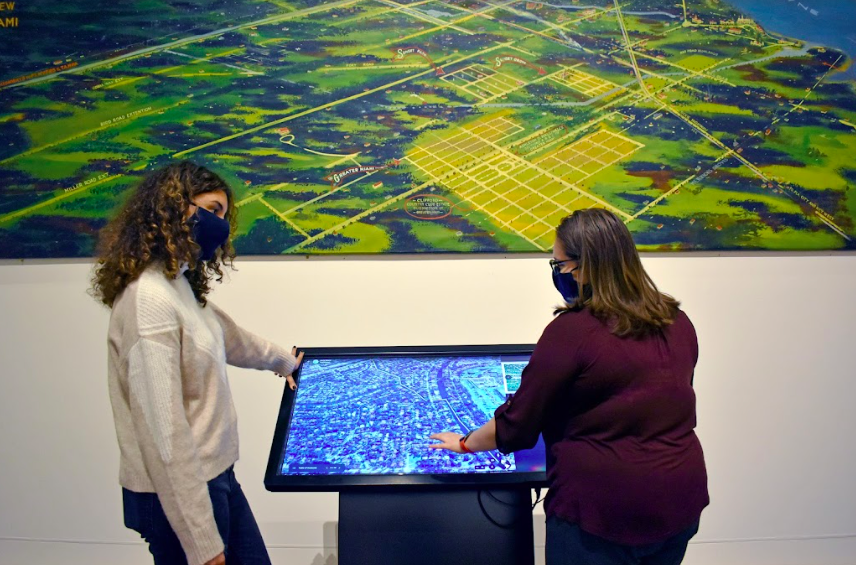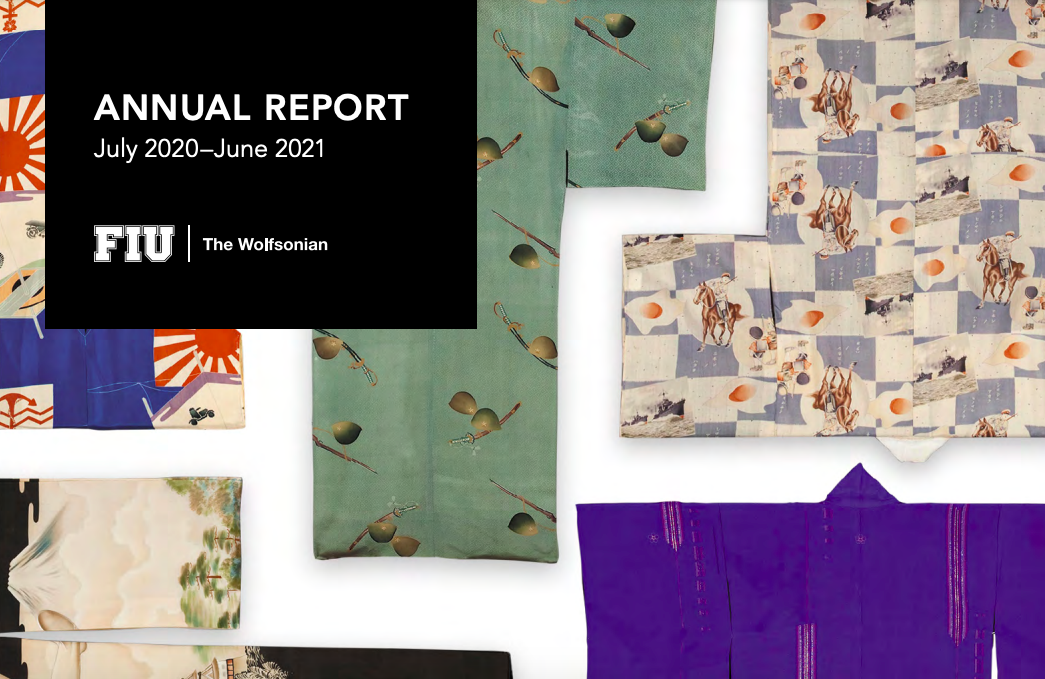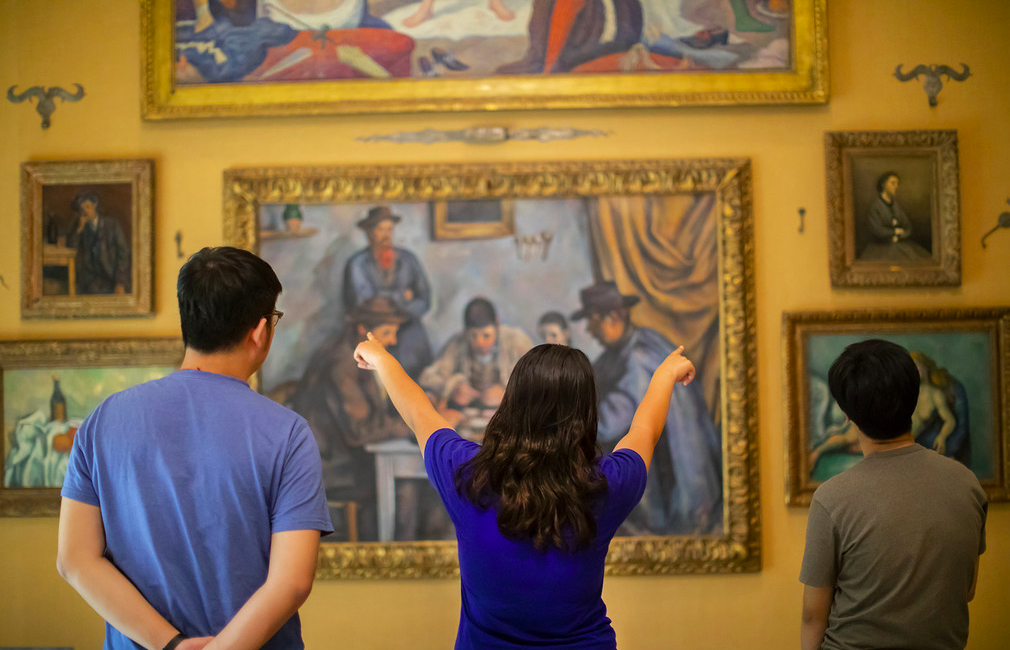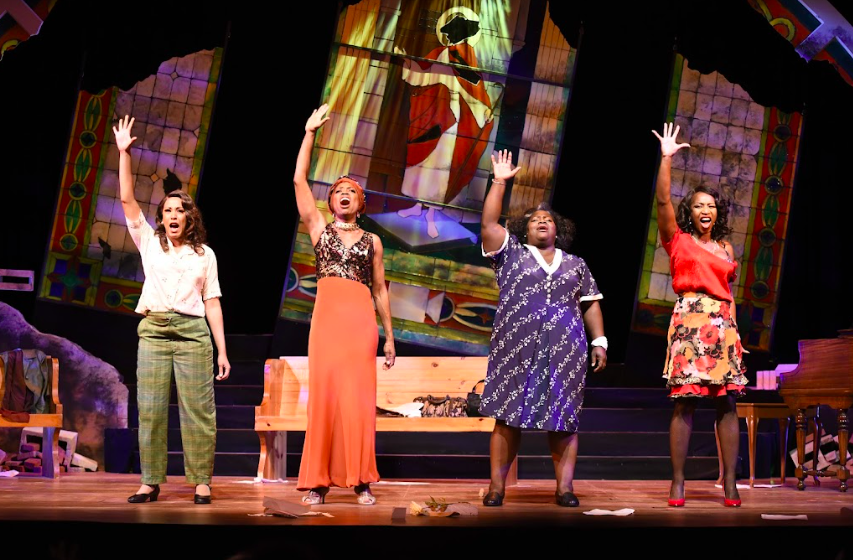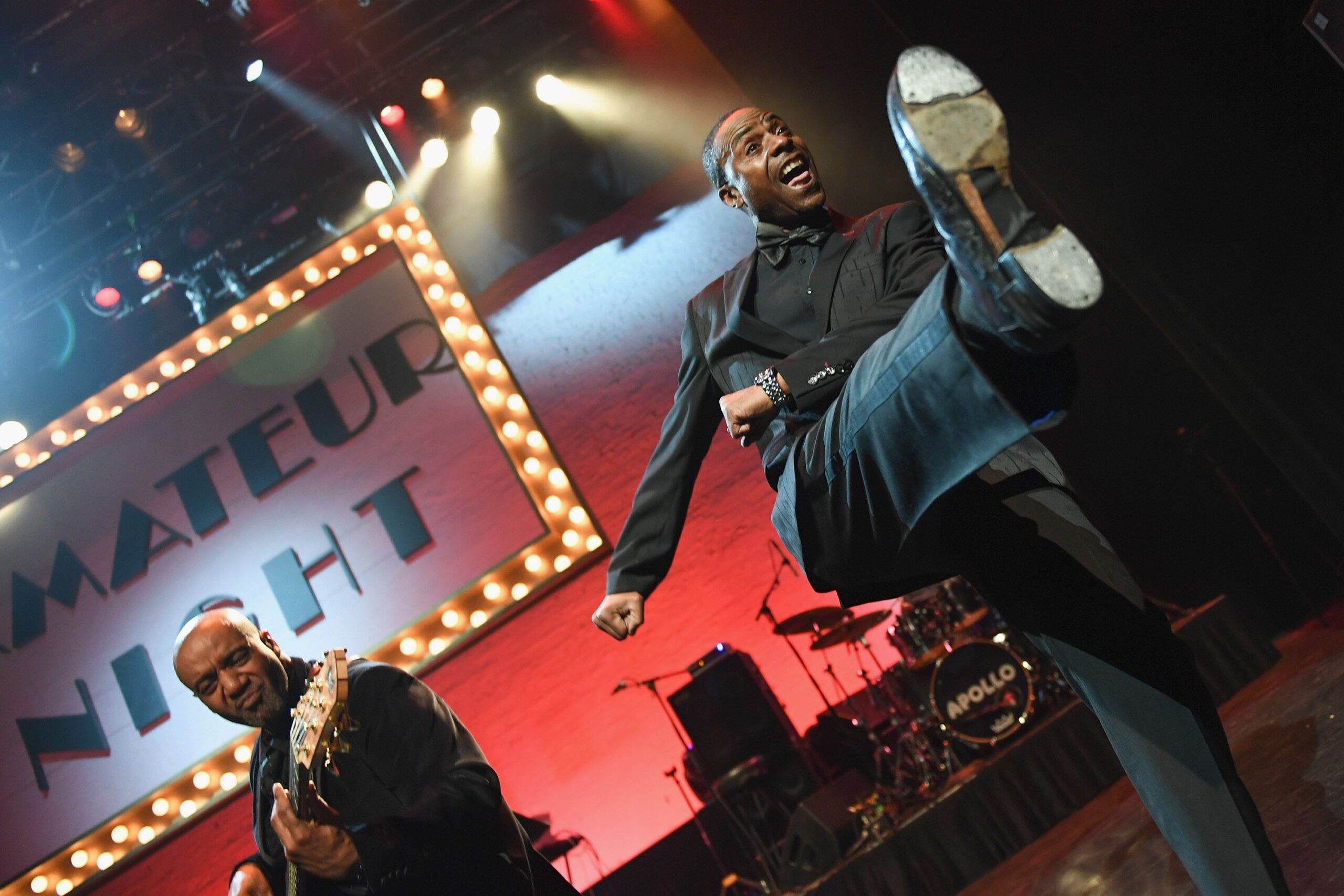Drawing on design thinking processes to strengthen online offerings
Part of Florida International University (FIU), The Wolfsonian is a collection and library that explores the time period from 1850 to 1950 through art and design. Caring for, presenting, and interpreting more than 200,000 objects, The Wolfsonian has one of the largest such collections in the world. The museum supports faculty research and graduate fellowships, links the collection to curriculum across departments, and trains the next generation of museum professionals through opportunities for students to study, intern, and work at the museum.
The Wolfsonian had a ten-year history of investment in digital capabilities before the pandemic temporarily closed the museum and university to visitors, students, and faculty in early 2020. The necessary shift to remote work was not in the organization’s workflow, but because of FIU’s strong technical infrastructure, establishing the basics of remote work capability was not a major obstacle. What was more challenging was continuing to engage students. This meant ensuring that curriculum materials and links were readily accessible, and using remote platforms creatively in order to continue coursework. “We even had Zoom-based sketching sessions,” explains Casey Steadman, director of The Wolfsonian. The museum also began curating digital exhibitions, an effort it plans to continue.
The Wolfsonian has benefitted from multiple grants from the Knight Foundation that supported digital capacity building. One such Knight-sponsored initiative was a cohort program that engaged museum grantees in a human-centered design intensive. Participants were introduced to processes for storyboarding, prototyping, and putting something together for the audience that can then be co-created with them. The Wolfsonian has embraced human-centered design in exhibition and program development processes with good results, and found this learning particularly helpful during the pandemic, which required a rapid “try it” approach to new engagement ideas.
The museum’s first foray into human-centered design was a 2020 project called, “Dial M for Micky,” a way to introduce audiences to Mitchell “Micky” Wolfson, Jr., the organization’s founder. Users can engage with a digital payphone (actual phones are part of the museum’s collection), to dial recordings from the museum’s archives in Wolfson’s own voice, telling the story of the museum and sharing his ideas and enthusiasms as a collector. What was intended as an interesting use of the physical collection instead became an innovative web-based project. (In fact, you can call Micky yourself at this link, and leave him a message.)
Isabel Brador, the museum’s assistant director of digital experiences says, “One thing we didn’t plan for was iterating our projects over Zoom.” How can human-centered design be led in the remote environment? This was a creative and a technical challenge that museum leadership took on, observing that, “We think a certain part of our work is going to stay online. People are not all coming back to school and to work.”
Steadman also elevated the lead digital position at The Wolfsonian to his cabinet level, making Brador part of the senior leadership team and ensuring that digital strategy was at the core of the institution’s planning. “When we look out on the horizon for digital, we understand that there is a convergence between digital and physical. We are not only investing in digital, we are also changing our physical spaces in the museum and designing adjacent areas that enhance the digital, for example spaces where people can interact with technology—reading rooms, exhibition spaces—asking, what should they look like now? Creating these hybrid digital hub spaces—these are the next frontier,” Steadman adds.
The Wolfsonian’s work shows how organizations with existing commitments to digital capability were able to quickly and creatively respond to the pandemic lockdown. Investments in human-centered design, digital leadership, agile development capability, and audience-first planning paid off for the museum as it continues to serve students and faculty at FIU.

